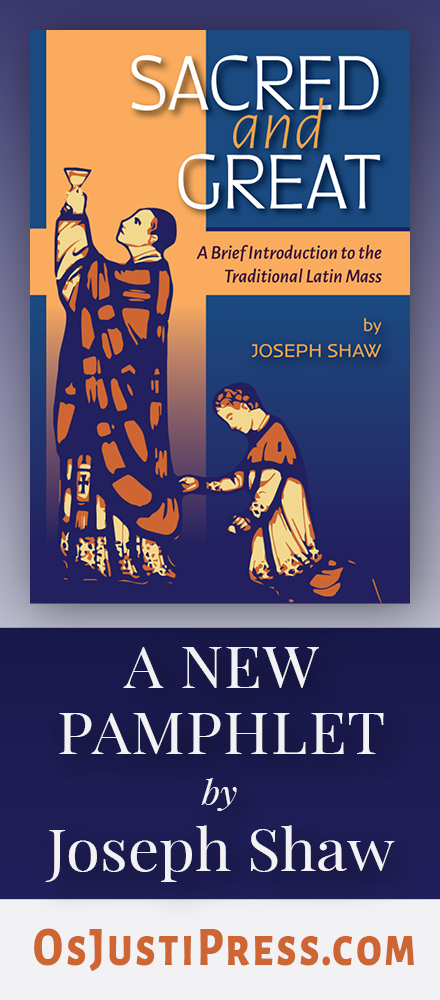Vox Psalmistae, Vox Ecclesiae: A Biblical-Liturgical Study of Sunday Vespers
Lecture by Fr. Joshua Neu, Assistant Professor of Sacred Scripture and Director of Sacred Liturgy at St. Patrick’s Seminary
Friday, February 9, 2024, 7 p.m. PST
Free Admission: RSVP here.
Vespers and a reception follow the in-person event. Ample on-site parking is available (320 Middlefield Rd., Menlo Park, California). Please note that streaming of vespers following the lecture is not available.
About the Lecture
The psalms and canticles of the Divine Office represent the voices of ancient Israel from the time of the Exodus through the Second Temple period, more than 1000 years of the Divine encounter with Israel. Each psalm, whether praise or lament, history or instruction, sings of this encounter from its own particular circumstance, but in a way that opens into new readings of the psalms through the unique encounter between God and man in the Incarnation. The Church, whose liturgical prayer is one with the prayer of the Incarnate Son glorifying the Father, suggests fresh readings of the same psalms through the antiphons of the Divine Office, readings that both respect the voice of the original psalmist and simultaneously draw out meanings the psalmist may not have recognized. This study of Sunday Vespers explores the meaning of these important psalms in their original context and the renewed meaning of the same psalms when the voice of the psalmist is taken up into the voice of the Church at prayer.
About the Speaker
Fr. Joshua Neu was ordained a priest in 2015 and completed his licentiate in Sacred Scripture in 2017. He has served in variety of ministries, in parishes, campus ministry, vocations, and faith formation. After spending two years on the faculty at Notre Dame Seminary in New Orleans, LA, he recently began serving at St. Patrick’s Seminary in Menlo Park, CA, as an Assistant Professor of Sacred Scripture and the Director of Liturgy.
About the Series
The Public Lecture & Concert Series of the Catholic Institute of Sacred Music welcomes the general public to St. Patrick's Seminary to hear from preeminent scholars about topics which have a profound impact on the Church and humanity, inviting them especially to consider the Church's wisdom on matters related to the worship of God, the spiritual life, beauty, and works of art.
We invite you to join us for these important and inspiring events.
About the Catholic Institute of Sacred Music
Founded in 2022, the mission of the Catholic Institute of Sacred Music is to draw souls to Jesus Christ through the beauty of sacred music and the liturgy.
The Institute offers a substantial program of accredited, graduate-level coursework designed to help church musicians and clergy better to know and love the Church’s treasury of sacred music and her teachings on sacred music. Our goal is to equip students with the theological, philosophical, and historical knowledge, as well as the practical skills (singing, playing, conducting, composing, organizing, fundraising) necessary to build excellent sacred music programs in parishes and schools. We aim to help others revitalize the faith of Catholics and instill vitality in parish and school life through a vibrant sacred music program.
We are committed to a faithful and generous service of the Church. We cultivate fidelity, resiliency, a healthy sense of creativity, and selflessness within our student body and faculty as characteristics of our service as we labor together in the vineyard of the Lord to bring in a rich harvest.





















